SEO vs SEA: Key Differences and How to Leverage Both Effectively
August 10, 2025



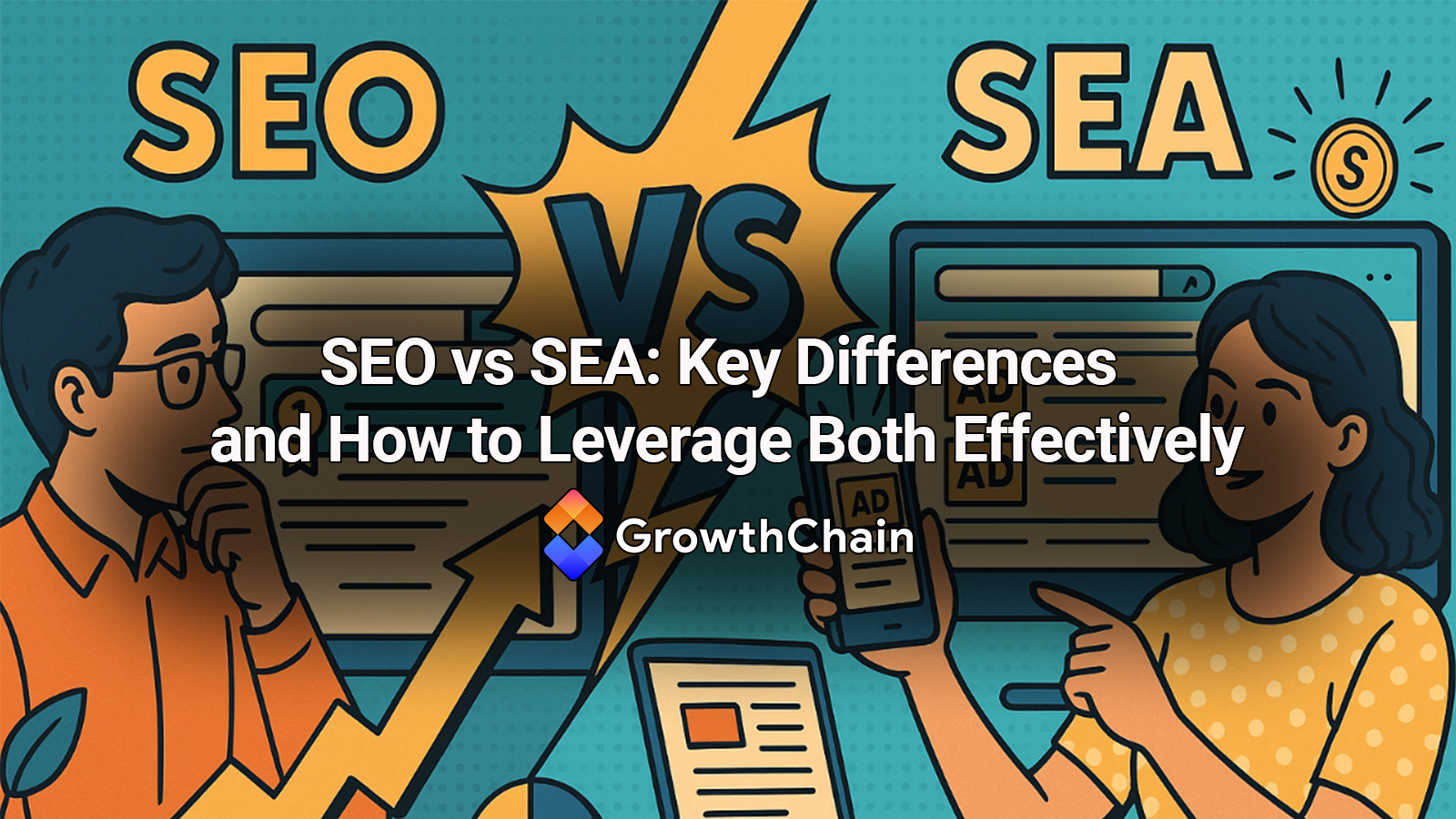
SEO vs SEA: Key Differences and How to Leverage Both Effectively
Introduction to Search Engine Optimization and Advertising
Search engine optimization (SEO) and search engine advertising (SEA) are two pillars of search engine marketing that can dramatically improve a business’s online visibility. The terms SEO (Search Engine Optimization) and SEA (Search Engine Advertising) refer to strategies for increasing your presence in search results—SEO focuses on organic results, while SEA involves paid advertising. While they work in different ways, both are designed to help you show up in search results when your potential customers are actively looking for something you offer.
SEO focuses on improving your website so that it ranks higher in organic search results. This means you’re not paying for each click, but rather earning your place through relevant keywords, optimized content, and strong technical performance. SEA, on the other hand, is about paying for ads that appear in search engine results pages—often right at the top or bottom of the page. SEA refers specifically to paid search campaigns using platforms like Google Ads and Bing Ads, where paid ads are displayed alongside organic results and use a pay-per-click model to drive targeted traffic.
Both SEO and SEA have their own advantages. SEO builds sustainable visibility and credibility over time, while SEA delivers immediate results by making your business instantly visible to people searching for specific keywords. When used together, they create a powerful combination that drives both organic and paid traffic to your website, reaching your target audience at multiple stages of their buying journey. SEO and SEA are essential components of a comprehensive online marketing strategy, working together to increase website traffic, boost brand visibility, and enhance customer engagement.
Understanding Search Engine Optimization
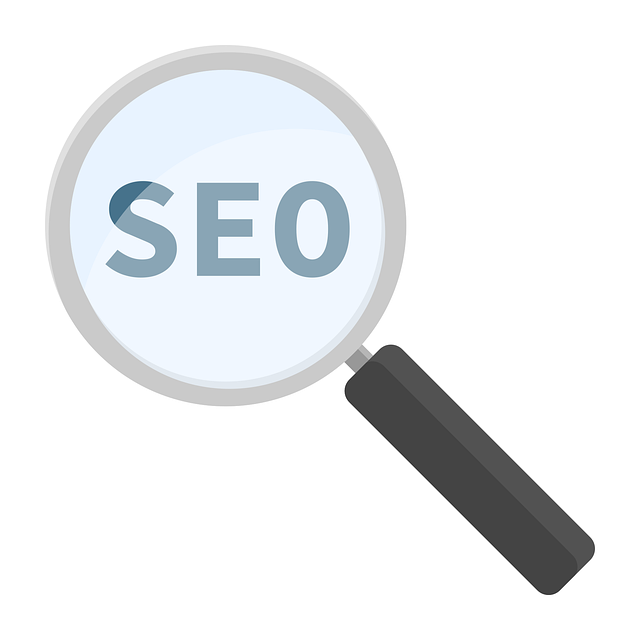
Search engine optimization (also commonly referred to as search engine optimisation, especially in British English) is all about making your own website more relevant and appealing to both search engines and users. The goal is to rank higher in unpaid search results for the search terms your audience is using. This starts with keyword research, where you identify the right keywords to target. From there, you optimize your website’s content, structure, and performance so that search engines can understand it and users find it helpful.
SEO work covers a variety of activities. On-page optimization includes improving titles, meta descriptions, and headings so they align with the right keywords. Creating high-quality SEO content is essential—not just for rankings, but for keeping people engaged once they land on your site. Link building, where you earn links from other reputable sites, helps build authority and improve rankings. Technical SEO ensures your site loads quickly, works well on mobile devices, and has a clear structure so search engines can crawl and index your pages easily.
The strength of search engine optimisation is that it’s a long-term, sustainable digital marketing strategy. Once your pages start ranking well, they can generate traffic for months or even years with minimal changes. Unlike SEO, paid traffic from SEA stops when you stop spending. SEO is a cost-effective way to build brand visibility, earn trust through organic results, enhance page authority, and create a strong foundation for sustainable success while supporting other marketing efforts.
Search Engine Advertising Basics
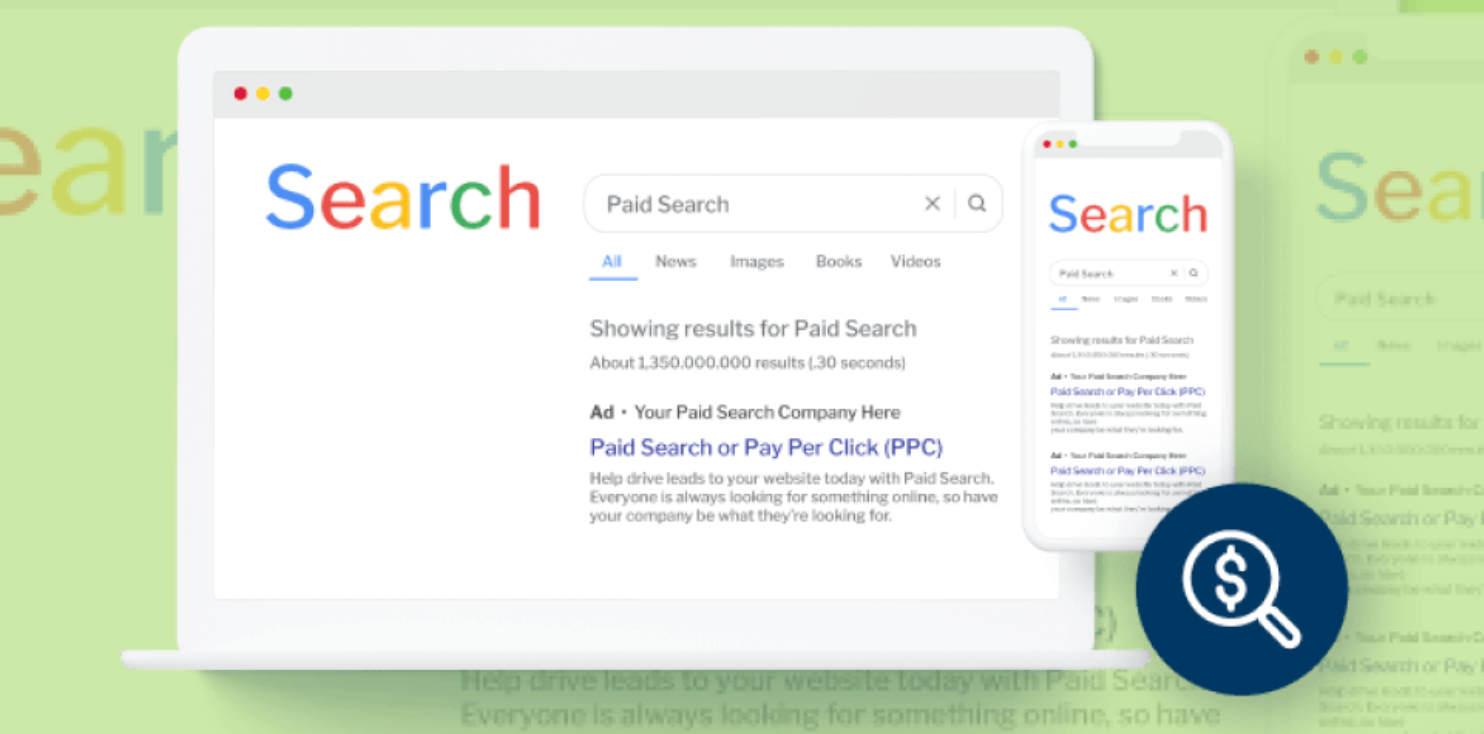
Search engine advertising, also known as pay-per-click advertising, is a way to buy visibility in search results instead of earning it over time. SEA paid ads appear in paid search results and are labeled as “sponsored” or “ad.” These paid ads are displayed on the search results page and are evaluated based on impressions and clicks. They are triggered when people search for specific keywords you’ve chosen to target.
In a SEA campaign, you bid on relevant keywords and write ad copy designed to attract clicks. You can choose highly targeted paid ads based on location, demographics, device type, and even the time of day. Every time someone clicks your ad, you pay a set cost, which varies depending on how competitive the keyword is.
The major advantage of SEA is speed. Campaigns can be set up quickly, and your paid ads can start appearing in search results almost immediately. This makes it an ideal option for product launches, seasonal promotions, or entering highly competitive markets where SEO may take months to deliver results. SEA also gives you complete control over your budget, allowing you to pause, adjust, or stop campaigns at any time.
Key Benefits of SEO vs SEA
SEO offers benefits that go beyond just rankings. One of the main goals of SEO is to increase website traffic by attracting more visitors through organic search results. It’s a sustainable way to drive traffic to your website without ongoing advertising costs. Because organic results are seen as more trustworthy, visitors from SEO are often more engaged and more likely to convert than those from paid advertisements.
Improved organic rankings increase brand awareness by putting your business in front of more users. SEO also offers valuable insights through analytics, helping you understand how many hours visitors spend on your site, which pages perform best, and what search terms are driving the most traffic. These insights can improve your other marketing measures.
Perhaps the biggest advantage is sustainability. With the right SEO measures in place—like regular content updates, technical optimization, and link building—you can achieve results that continue to pay off long after the initial work is done.
Benefits of Search Engine Advertising
SEA delivers immediate visibility. As soon as your ads go live, they can appear on the first page for the keywords you’re targeting. This is especially valuable for new businesses or when you’re trying to compete for highly competitive search terms where SEO rankings would take months or years to achieve. SEA can also generate more traffic quickly, but the volume and cost of that traffic depend on your budget, the level of competition, and how well your campaign is optimized.
Another strength is precision. You can run highly targeted ads that only appear to your ideal target group. SEA allows you to control exactly where and when your ads appear, ensuring your advertising costs are used efficiently. With detailed conversion tracking in platforms like Google Ads and Google Analytics, you can measure exactly which search terms, ads, and landing pages are delivering the best return.
SEA also complements SEO. While your SEO strategy builds long-term organic traffic, SEA can fill the gap by driving paid traffic right away. You can also test ad copy and keywords in SEA before committing to them in your SEO strategy, using the immediate data from SEA campaigns to refine your long-term approach.
Creating Effective Landing Pages
A landing page is the page a user sees after clicking a link in search results or an ad. For SEA, landing pages are critical to success because they directly influence whether someone takes action after clicking. An effective landing page matches the intent behind the search result or ad copy. It’s fast-loading, mobile-friendly, and easy to navigate.
Clear calls to action, minimal distractions, and a design that guides the visitor toward the next step all contribute to higher conversion rates. For both SEO and SEA, a landing page that delivers on the promise made in the search result will help you turn clicks into customers.
Marketing Measures for SEO vs SEA
To keep both SEO and SEA delivering results, you need consistent marketing measures. For SEO, this means ongoing keyword research, regular content updates, building new backlinks, and monitoring your organic rankings. Technical maintenance—like checking page speed and mobile usability—ensures your site remains competitive.
For SEA, marketing measures include regularly updating ad copy, adjusting bids, refining targeting, and reviewing campaign performance. Tracking and analyzing SEA measures is crucial—use relevant metrics and tools to evaluate the effectiveness of your campaigns and guide optimization. It’s about constantly optimizing to reduce wasted spend and improve results. The most effective strategies use learnings from one channel to improve the other. For example, you can take keywords that convert well in SEA and target them in SEO content.
Using Google Ads for SEA

Google Ads is the leading platform for search engine advertising. It offers powerful tools for keyword research, ad creation, and bidding. You can choose to target highly specific keywords and create multiple ads to see which performs best.
Google Ads also provides detailed reporting, allowing you to measure impressions, clicks, and conversions for each campaign. This data can help refine your SEA strategy and also inform your SEO work. In competitive industries, using Google Ads can be the fastest way to get your business on the first page for your most important keywords.
While Google Ads is the leading platform, it's also important to consider advertising on other search engines to reach different audience segments.
SEO Content Creation
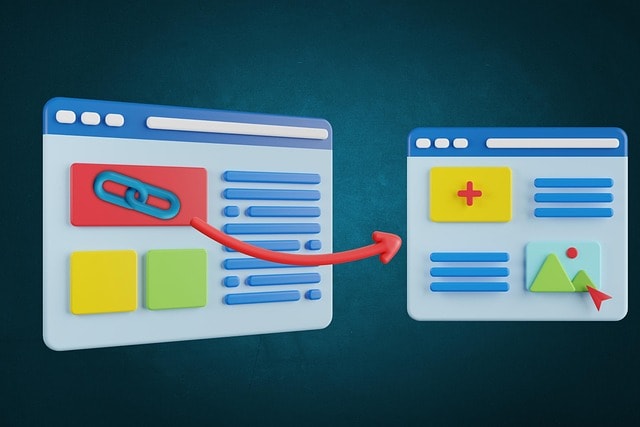
Creating high-quality content is at the heart of any strong SEO strategy. This content should be relevant to your audience, answer their questions, and naturally include your target keywords. Blog posts, guides, videos, and case studies can all serve as effective SEO content, provided they’re valuable and well-optimized.
Content should be written for people first and search engines second. When you provide genuinely useful information, you’ll not only improve your organic rankings but also keep visitors engaged longer, which can boost conversions. Over time, consistent content creation can position your brand as an authority in your field.
Technical SEO
Technical SEO refers to optimizing the backend of your site so that it’s easy for search engines to crawl and index. This includes improving page speed, ensuring mobile responsiveness, and maintaining a logical site structure. Technical SEO is the foundation that supports all other SEO measures.
Without it, even the best content may struggle to rank. A well-optimized site improves user experience, which is increasingly important as search engines prioritize websites that meet user expectations.
Local SEO
For businesses that serve a specific geographic area, local SEO is essential. This involves optimizing your site for location-based keywords, claiming and updating your Google Business Profile, and building citations in local directories.
Local SEO helps you appear in searches from people nearby who are ready to make a purchase, driving highly relevant traffic and building your reputation as a trusted local provider.
SEO Tools and Software
There are many tools that can make your SEO work more efficient. Google Analytics is essential for tracking traffic and user behavior. Keyword research tools can help you find the right keywords to target, and site audit tools can identify technical issues.
Using the right tools ensures you’re making informed decisions based on data, not guesswork. This helps you stay ahead of competitors and find new opportunities to increase traffic.
Tool Stack to Check Out
SurferSEO
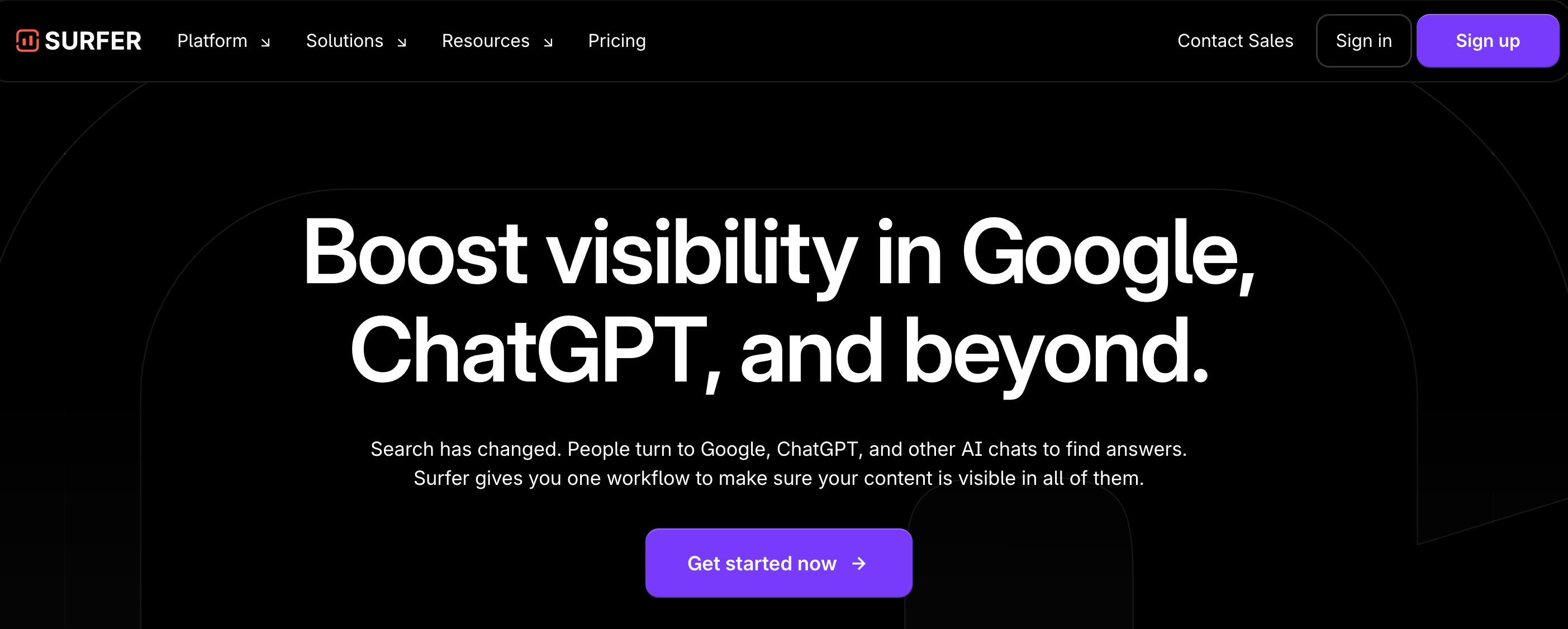
Perfect for optimizing content based on real-time SERP data. SurferSEO analyzes top-ranking pages for your keywords and gives you precise recommendations on word count, keyword usage, headings, and structure.
SEMRush
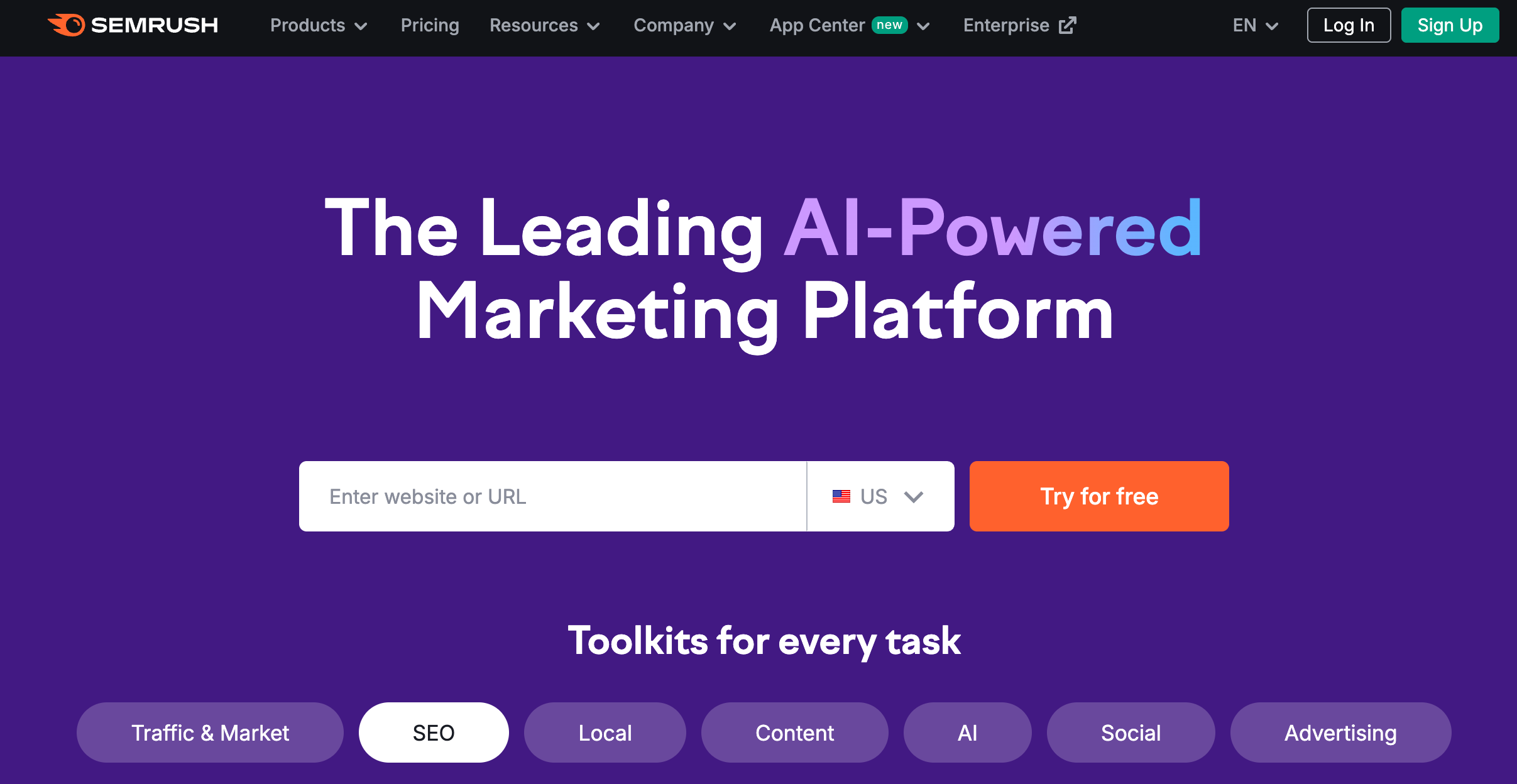
SEMRush is a powerhouse all-in-one SEO platform. It covers keyword research, backlink analysis, competitor tracking, and site audits. SEMRush is great for PPC data and keyword trends and is unmatched for backlink intelligence.
Screaming Frog
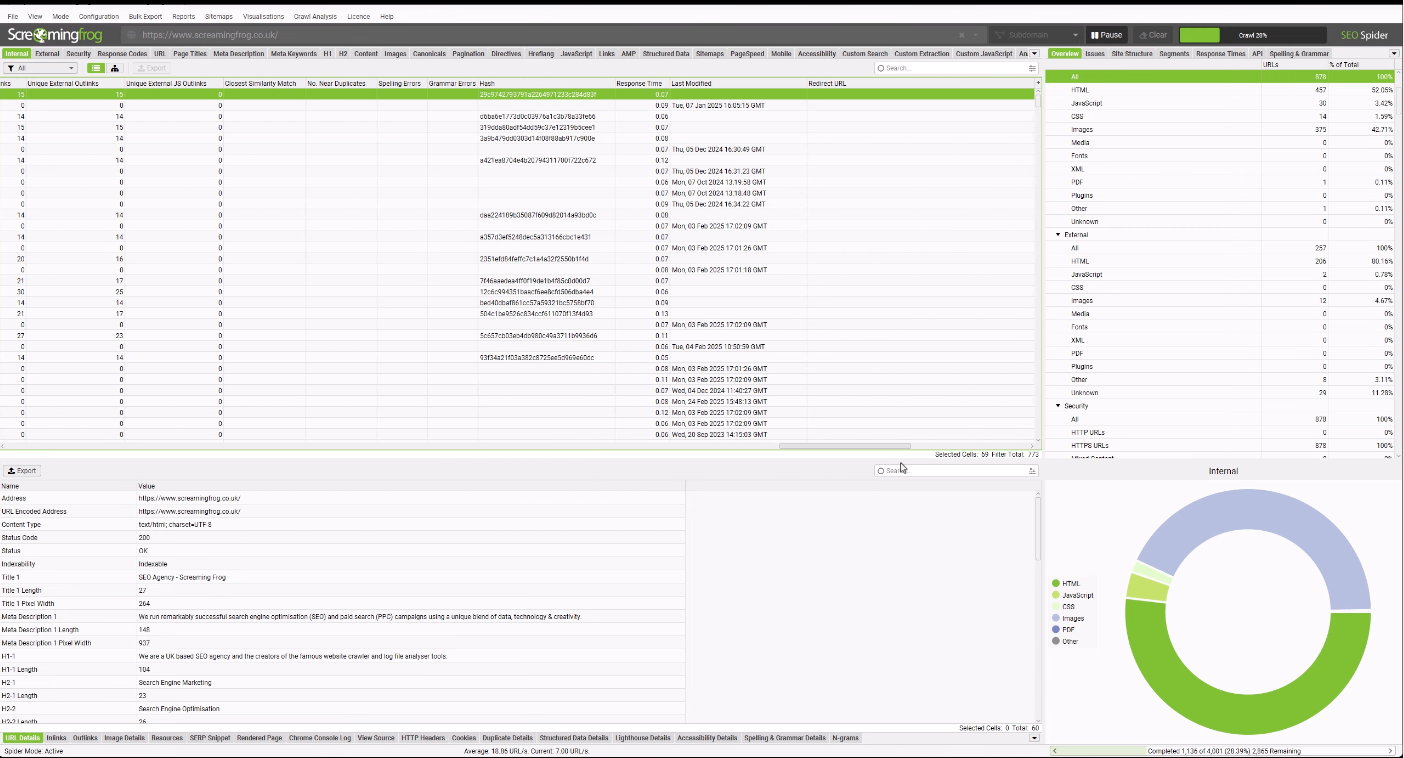
ScreemingFrog is a must-have for technical SEO. This desktop crawler scans your site for broken links, missing meta descriptions, duplicate content, and other technical issues that could harm rankings.
CanIRank

Ideal for small to mid-size websites looking for actionable suggestions. CanIRank analyzes your site’s potential for ranking on specific keywords and tells you exactly what steps to take to improve.
Common SEO Mistakes
Common mistakes include keyword stuffing, using duplicate content, neglecting mobile optimization, and skipping meta descriptions. These errors can harm your rankings and make your site less appealing to users.
Avoiding these mistakes and focusing on best practices will help you achieve better organic rankings and make your SEO measures more effective.
Measuring SEO Success
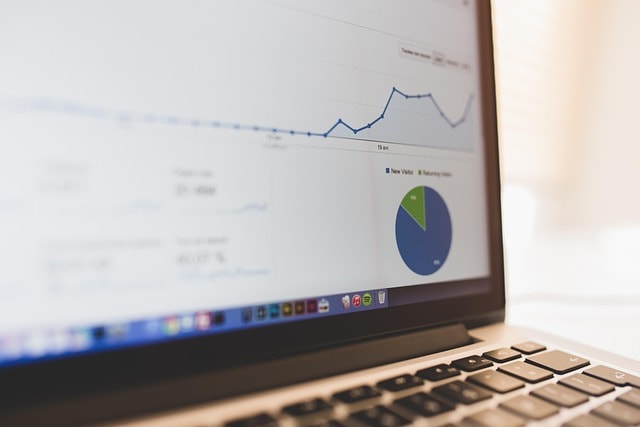
Measuring success involves tracking keyword rankings, organic traffic, conversions, and other key metrics. Regularly reviewing these numbers helps you understand whether your strategy is working and where you can improve.
Tracking progress over time will also show the impact of your SEO work and help justify ongoing investment in optimization.
Conclusion
The difference between SEO and SEA isn’t about choosing one over the other—it’s about understanding how they work together. SEO builds a strong foundation of organic traffic and credibility, while SEA delivers targeted, immediate visibility. Combining both means you can achieve results now while building a long-term strategy for sustainable success.
At GrowthChain, we help brands blend both SEO and SEA into a single, unified plan. Whether you want to rank higher in organic results, create highly targeted ads, or both, we’ll develop a strategy that drives traffic, increases brand awareness, and turns clicks into customers.





